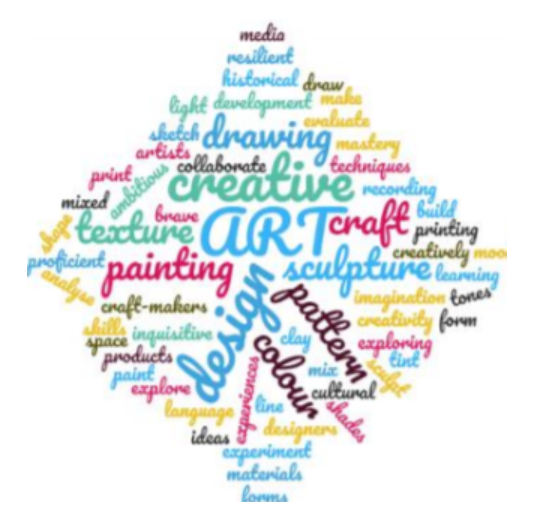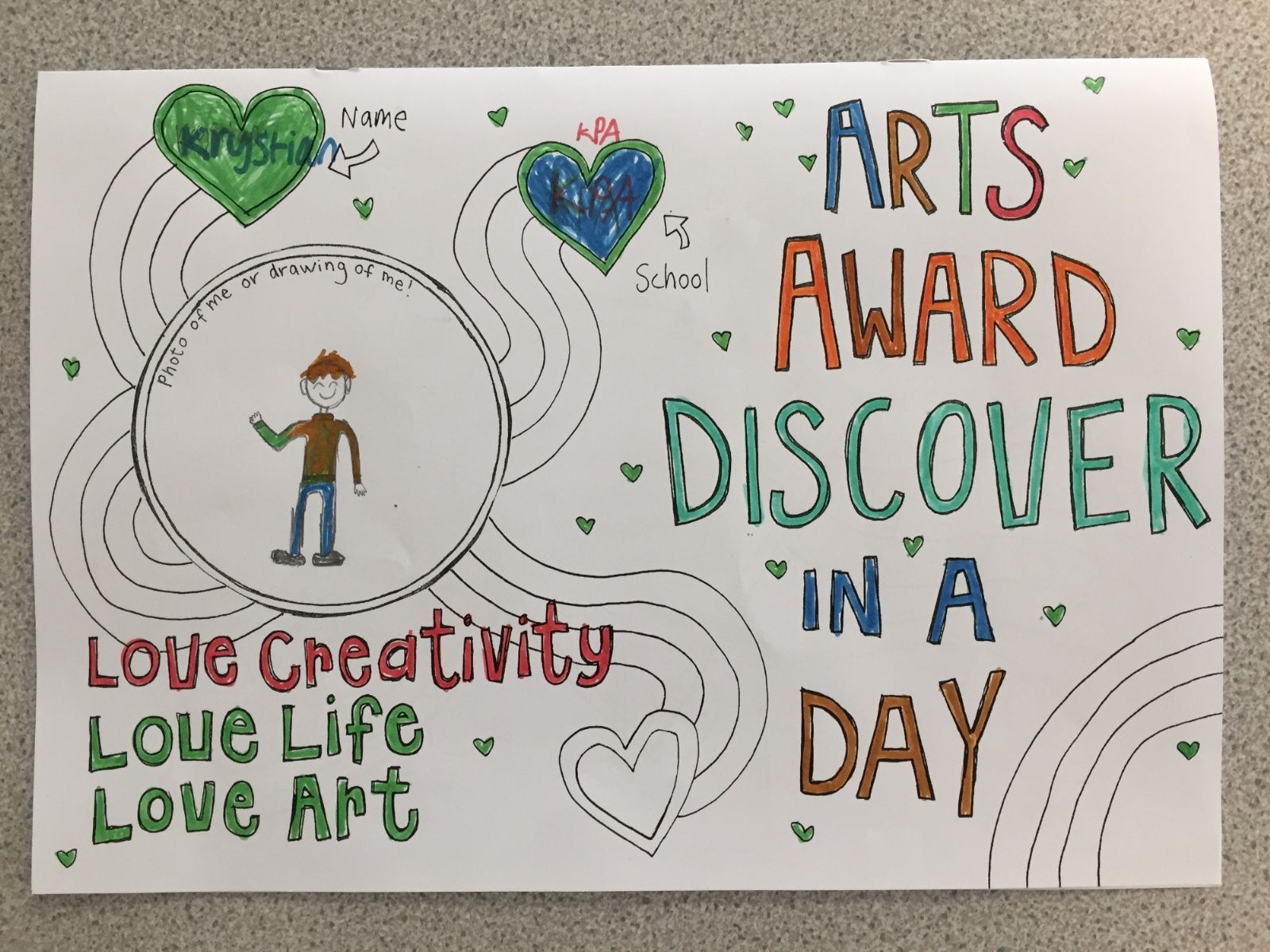Art & Design

Art, craft and design embody some of the highest forms of human creativity. A high-quality art and design education should engage, inspire and challenge pupils, equipping them with the knowledge and skills to experiment, invent and create their own works of art, craft and design. As pupils progress, they should be able to think critically and develop a more rigorous understanding of art and design. They should also know how art and design both reflect and shape our diverse history, and contribute to the culture, creativity and wealth of our nation.
Art activities give children a much-needed chance to express their ideas, build on their observational skills, gain confidence, promote feelings of self-worth and develop their creativity, imagination and aspiration, as well as offering them time to relax.
We believe that Art & Design sparks creativity across the curriculum, encouraging young people to be inquisitive, disciplined and determined.
 Intent:
Intent:
At Kingswood Primary Academy we aim to inspire pupils to develop their confidence to experiment and aspire to invent their own works of art. We use and adapt the Kapow Primary Art & Design curriculum to give pupils every opportunity to develop their knowledge and skills, nurture their talent and interests, express their ideas and thoughts about the diverse and rich cultures of the world, as well as learning about the rich heritage and culture of the British Isles and beyond.
 Implementation:
Implementation:
There are five strands that run throughout our Art & Design curriculum:
- Making: painting, drawing, printing, creating 2 & 3D art and crafting
- Generating ideas and taking inspiration from a range of artists and crafts people
- Formal elements: colour, form, line, pattern, shape, texture and tone
- Knowledge of artists' work and techniques
- Evaluating: critiquing their own work and that of others
These strands are revisited in every unit. In the Art and design skills and the Formal elements of art units, pupils have the opportunity to learn and practice skills discretely. The knowledge and skills from these units are then applied throughout other units in the scheme. Key skills are revisited again and again with increasing complexity in a spiral curriculum model. The allows pupils to revise and build on their previous learning.
The curriculum develops pupil’s knowledge and understanding of key artists and art movements through Every picture tells a story units and links to artists through practical work. Each unit fully scaffolds and supports essential and age-appropriate sequenced learning and is flexible enough to be adapted to form cross-curricular links. Creativity and independent outcomes are robustly embedded in units, supporting pupils in learning how to make their own creative choices and decisions, so that their art outcomes, whilst still being knowledge-rich, are unique to the pupil and personal.
 Impact:
Impact:
The Art & Design curriculum is designed in such a way that children are involved in the evaluation, dialogue and decision-making about the quality of their outcomes and the improvements they need to make. By taking part in regular discussions and decision-making processes, children will not only know facts and key information about art, but they will be able to talk confidently about their own learning journey, have higher meta cognitive skills and have a growing understanding of how to improve. Children should leave primary school equipped with a range of techniques and the confidence and creativity to form a strong foundation for their Art and Design leaning at Key Stage 3 and beyond.
We expect that children will:
- Produce creative work, exploring and recording their ideas and experiences
- Be proficient in drawing, painting, sculpture and other art, craft and design techniques.
- Evaluate and analyse creative works using subject-specific language.
- Know about great artists and the historical and cultural development of their art.
- Meet the end of key stage expectations outlined in the NC for Art and Design.



